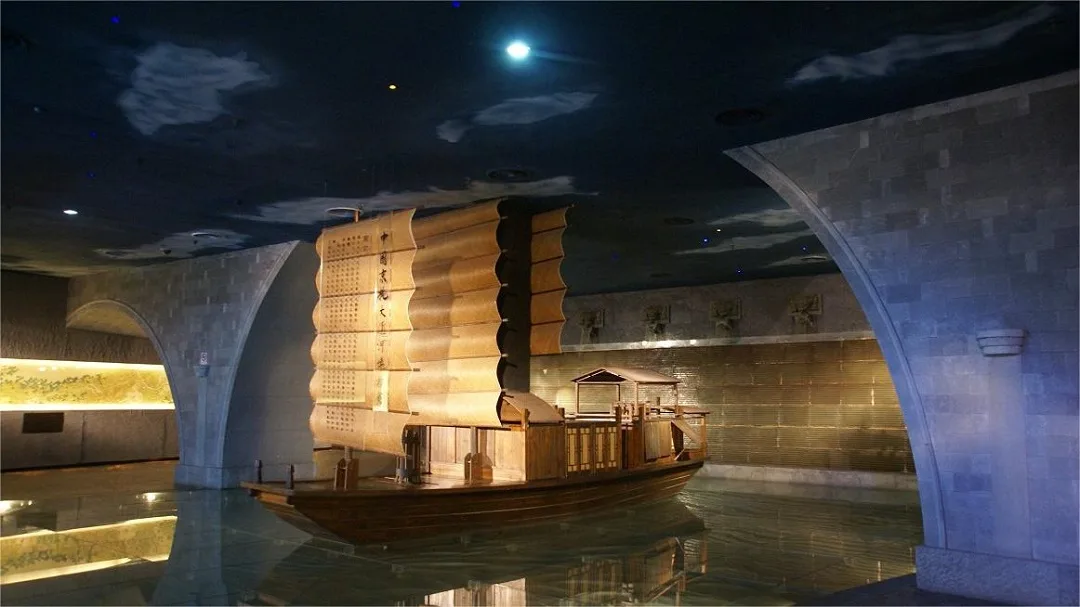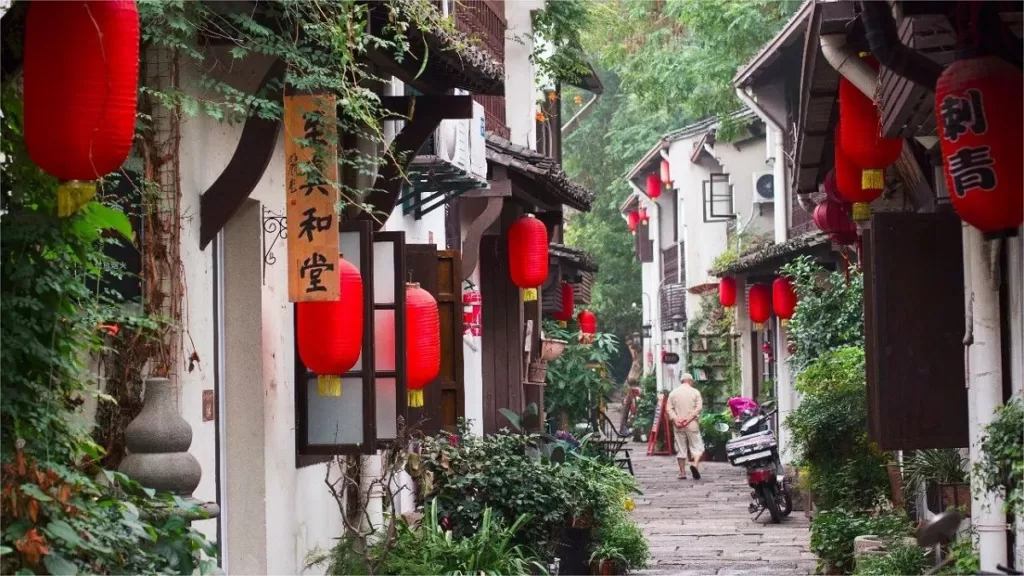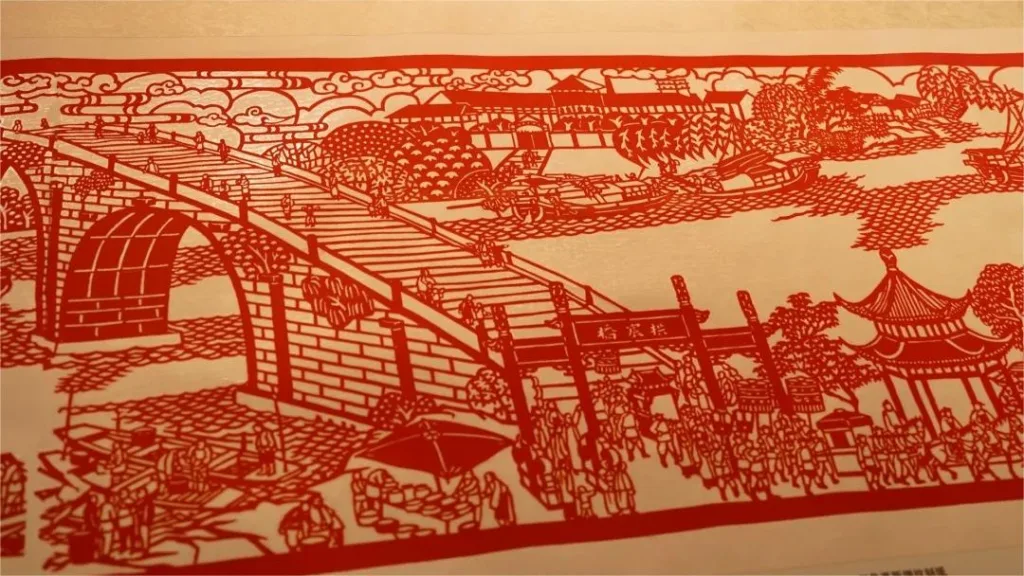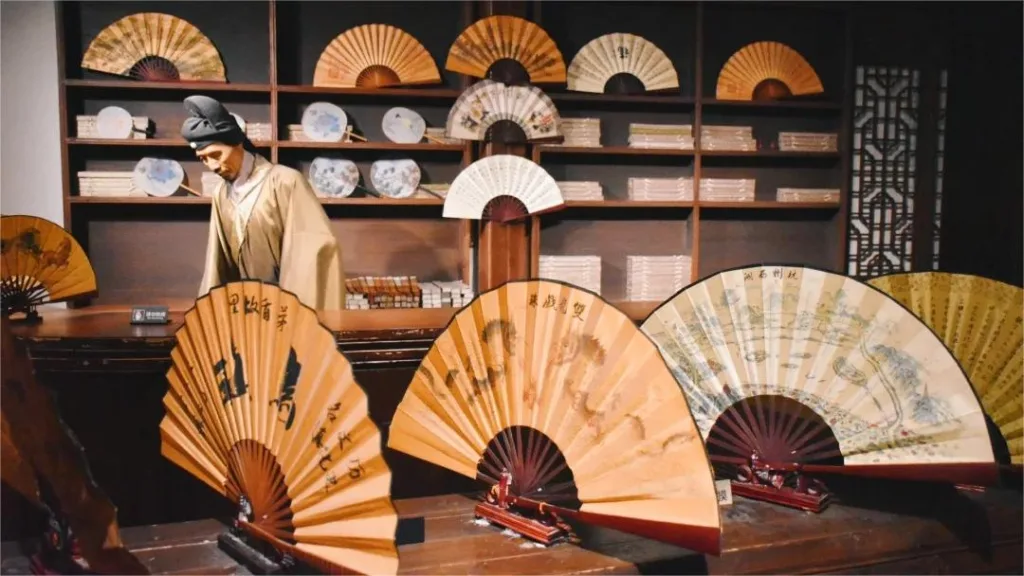The Beijing-Hangzhou Grand Canal Museum (京杭大运河博物馆), spanning an area of 27,000 square meters with an exhibition space of 5,500 square meters, stands as a specialized museum focusing on the social sciences and the theme of the Grand Canal. Its unique fan-shaped architecture encircles the Canal Culture Square, blending indoor exhibitions seamlessly with outdoor elements like the canal, boats, and wharves, utilizing a combination of flat slopes and an open layout. The museum’s five exhibition halls comprehensively detail the historical evolution and cultural significance of the Beijing-Hangzhou Grand Canal. Visitors interested in delving into the rich history and culture of this iconic waterway are encouraged to explore its exhibits.
Table of Contents
- Basic Information
- Location and Transportation
- Exhibitions in Beijing-Hangzhou Grand Canal Museum
- Attractions near Beijing-Hangzhou Grand Canal Museum
Basic Information
| Estimated Length of Tour | 2 hours |
| Ticket Price | Free |
| Opening Hours | 9.00 – 16.30; Last admission: 16.00 Closed on Mondays |
| Telephone Number | 0086-0571-88162018 0086-0571-88162058 0086-0571-88162068 |
Location and Transportation
The Beijing-Hangzhou Grand Canal Museum is located on the eastern bank of the Grand Canal, at No.1 Canal Culture Square, 34 Jinhua Road, Gongshu District, Hangzhou, Zhejiang Province, China. To get there, you can choose one of the following ways:
Bus: Take bus 61, 70, 95, 183, 1204M or 1211 and get off at Canal Square Stop (运河广场站).
Metro: The closest metro station to Beijing-Hangzhou Grand Canal Museum is Gongchengqiao Dong (拱宸桥东, Gongcheng Bridge East) on line 5. After getting out of the station from Exit B, walk about 500 meters to the west to reach the museum.
Exhibitions in Beijing-Hangzhou Grand Canal Museum
Entrance Hall

The unique design of the entrance hall symbolizes the Grand Canal’s origins and endpoint. Nine water jets represent the northern source at the Bai Fu Spring site in Changping, Beijing, while two bridge arches symbolize the southern terminus at the Gongchen Bridge in Hangzhou. A large copper sculpture depicting the Grand Canal on Earth adorns one wall, while the other wall features a replica of the famous painting “The Southern Inspection Tour” from the Kangxi era of the Qing Dynasty.
First Exhibition Hall

“The Excavation and Evolution of the Grand Canal” delves into three key periods: from its inception during the Spring and Autumn Period under the Wu King Fuchai, the completion of the north-south Grand Canal by Emperor Yang of the Sui Dynasty, to the final linking of the Beijing-Hangzhou Grand Canal during the Yuan Dynasty.
Second Exhibition Hall

“Utilization of the Grand Canal” explores the canal’s multifaceted roles in warfare, water transportation, irrigation, grain transportation, and imperial processions, highlighting its crucial contributions to China’s economic and social development.
Third Exhibition Hall

“Cities Along the Canal” showcases the beauty and historical significance of eight cultural cities along the canal’s route, providing insights into their development and cultural heritage shaped by the waterway.
Fourth Exhibition Hall

“Canal Culture” offers a rich display of the canal’s cultural legacy, spanning literature, art, folklore, craftsmanship, and the architecture of boats, bridges, and wharves. Visitors can immerse themselves in the diverse aspects of canal culture, understanding its profound influence on Chinese society and identity.










